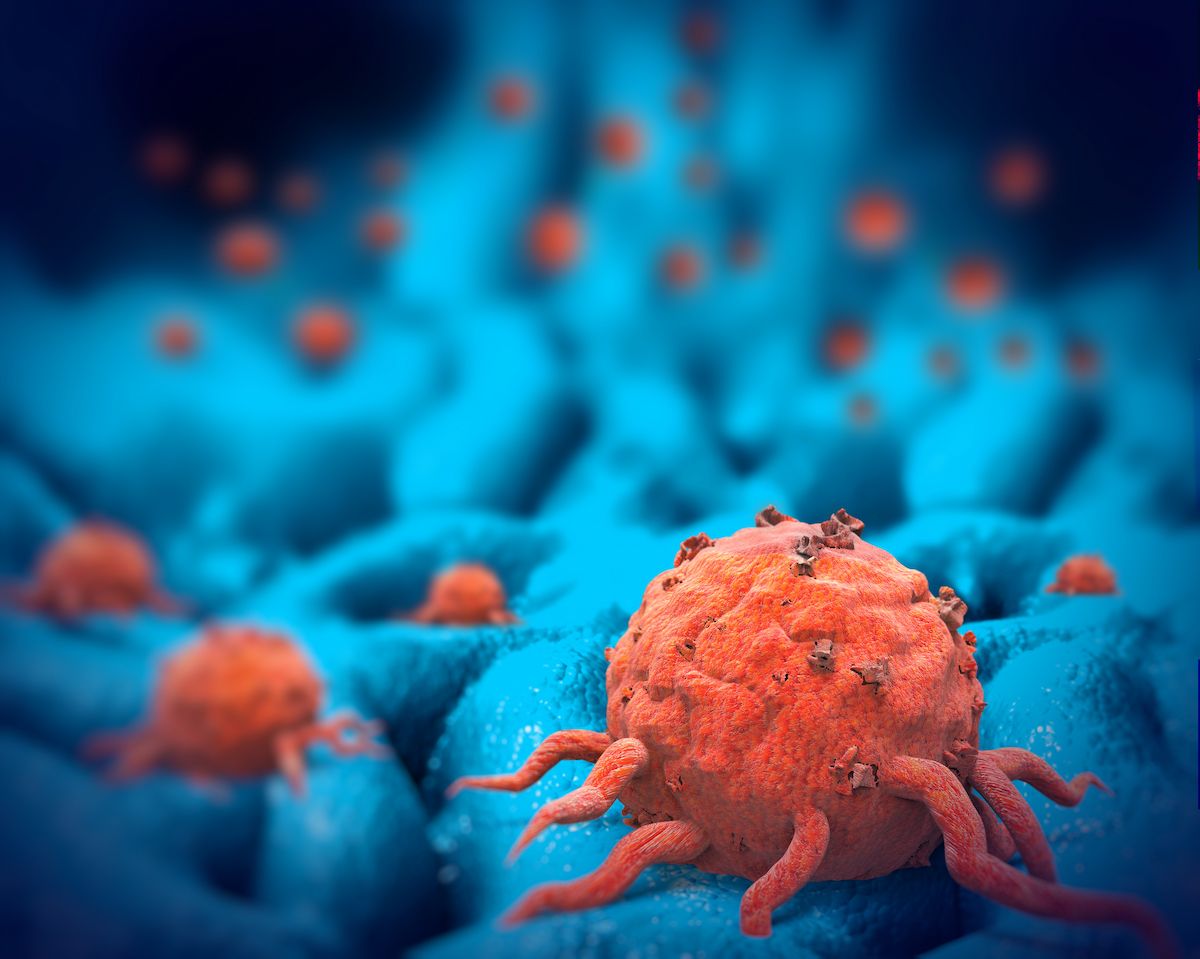Cancer Symptom Improvements Occur With Telehealth Exercise Program
Additional research may be necessary to validate the efficacy of telehealth interventions in clinical activities for patients with cancer.
“Health care providers can consider using telehealth-based interventions as a viable alternative for traditional in-person visits, particularly in a situation where direct interaction poses challenges," according to Hejingzi (Monica) Jia, RD.

Symptom management outcomes in patients with cancer appeared to be similar regardless of the use of in-person or telehealth-based exercise intervention programs, according to findings presented at the 49th Annual Oncology Nursing Society Conference.
“Cancer survivors [have] multiple symptoms, including fatigue, insomnia, and cognitive function,” Hejingzi (Monica) Jia, RD, a Master’s student and research assistant at Johns Hopkins University Bloomberg School of Public Health and Johns Hopkins University School of Nursing, said during a presentation at the conference. “Exercise, especially a personalized program, may relieve symptoms and improve overall well-being. While many personalized exercise interventions are face-to-face, most interventions transitioned to telehealth during the COVID 19 pandemic.”
In the secondary data analysis, investigators evaluated two 12-week, randomized-controlled pilot studies: the Personalized Home-Based Exercise Program (in-person intervention; n = 15) and the Technology-enhanced Home Exercise Program (telehealth intervention; n = 38).
Study outcomes were assessed at baseline (week 0), followed by week 1 intervention starting with goals set from week 0’s report from patients. From weeks 2 through 12, goals were set based on the previous week’s performance by each patient. By week 13, interventions were stopped and study outcomes were measured.
Study outcomes included pain, fatigue, sleep, cognitive function, physical function, self-efficacy, resilience, and health-related quality of life, which were tracked using FitBits® for physical activity and smart phone applications for patients’ symptom surveys and weekly progress reports, as well as intervention/goal setting for the telehealth cohort.
In the personalized, home-based exercise program, the baseline assessment occurred during a home visit, where a baseline physical assessment was collected, patients were trained and their equipment was set up, and discussions around life goals and goals for the program were discussed. From weeks 1 through 3, home visits continued, where providers reviewed weekly performances and discussed challenges with patients, while also doing sample exercises and adjusting physical activity for the subsequent weekly goals. Phone visits occurred from weeks 4 through 12, and included weekly physical performance, discussion of challenges, and adjusted physical activity for the following week. Following the completion of assessment in week 13 during a home visit, a physical function assessment was conducted, providers reviewed overall progress as well as the plan to maintain physical activity.
In the telehealth-based program, exercise interventions were delivered via smartphone app. At baseline (week 0), patients used their real step counts and reported physical activity level for exercise to be subscribed in the subsequent weeks. Patients completely weekly accomplishment surveys, and, following the team’s algorithm, an intervention was produced for the patient to follow in the next week using the smartphone application.
In the telehealth group, patients were younger (mean, 58.61 years vs 74.33 years, respectively) and were college graduates (88.92% vs 57.1%), compared with the in-person group; however, gender and employment distribution was similar across both groups.
Both groups demonstrated an improvement in symptoms; however, those in the in-person exercise program experienced improvements in quality of life, while those in the telehealth group reported improvements in physical fatigability and self-efficacy. When controlled for age, the mean change in resilience scores differed across the groups, but no other categories.
“However, the results of this presentation should be interpreted with caution because of the limitation of the secondary data analysis and small sample size of the study,” Jia cautioned. “…Further research with larger and more diverse participant groups will be necessary to further validate the effectiveness, and update validity of telehealth interventions in clinical activities.”
She added that the findings did, however, demonstrate the comparable outcomes between in-person and telehealth exercise programs for symptom management in patients with cancer. “Health care providers can consider using telehealth-based interventions as a viable alternative for traditional in-person visits, particularly in a situation where direct interaction poses challenges.”
Reference
Jia H, Park J, Han G, Li J, Sheng J, Lukkahatai N. A comparison of in-person and telehealth personalized exercise program for cancer survivors: pilot study. Presented at: 49th Annual Oncology Nursing Society Congress; April 24-28, 2024; Washington D.C.
How Supportive Care Methods Can Improve Oncology Outcomes
Experts discussed supportive care and why it should be integrated into standard oncology care.